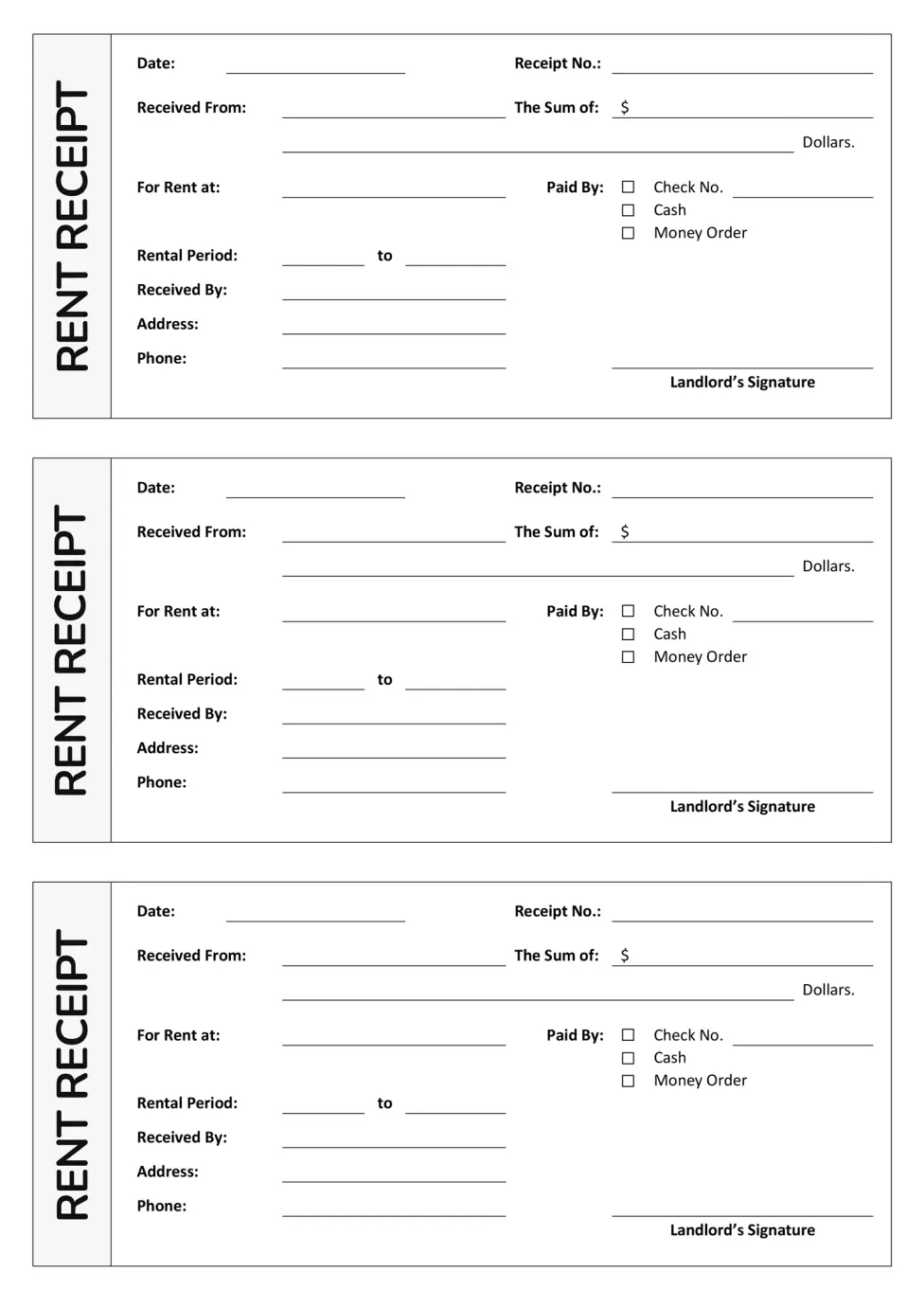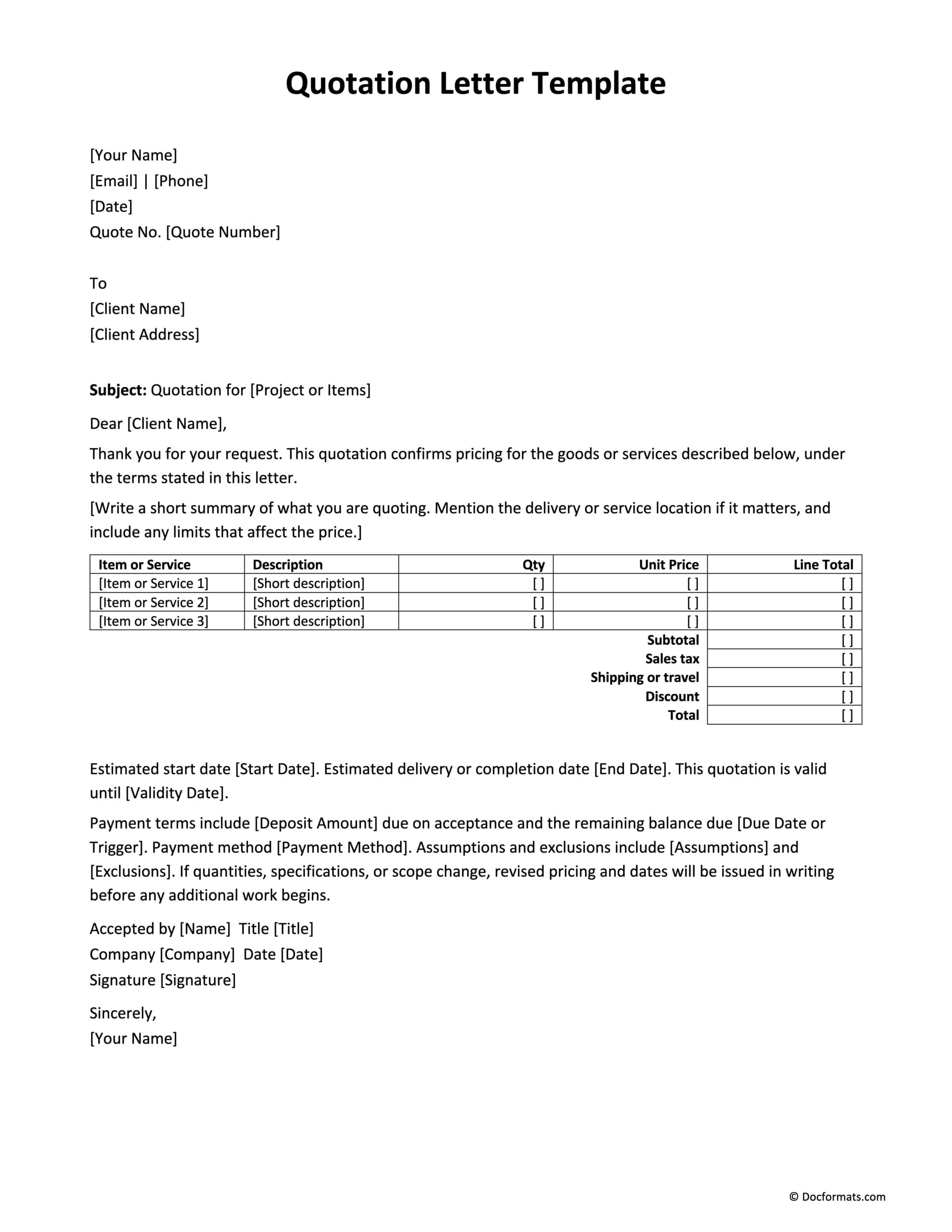When writing a thesis or dissertation, one of the most important segments you will prepare is the literature review. This chapter allows you to analyze and break down written work as it relates to your own research. In this article, we tell you everything that goes into preparing it.
What Is a Literature Review Template?
A Literature Review Template is a formatted document that allows you to capture the available scholarly sources on a given topic of research. It outlines the methods, gaps, and theories in the research while analyzing your understanding of the subject.
Literature Review Templates & Examples
Essential Elements of a Literature Review Template
Since a literary review is a typical academic document, it contains the three basic parts of such texts: the introduction, body, and conclusion. These segments contain the following elements:
- Introduction – Defines the focus and purpose of the review. If the review is a stand-alone, the introduction should give a brief background of the topic. If the review is part of a dissertation or thesis, the intro should capture the research problem or question.
- Body – This is the main content of the review. If the body is lengthy, you should break it into several subheadings.
- Conclusion – The conclusion should summarize the key findings gained from analyzing the literature and explain their effects on future research. For a review within a dissertation, this section should explain how your research can bridge any gaps or provide new knowledge.
Why Write a Literature Review?
Now that you know what a literature review is, here are the main reasons it is prepared:
- To gain and demonstrate an understanding of the current state of a research topic.
- To build a theoretical framework to be used in empirical testing.
- To determine the gaps in a piece of literature and explain how your research bridges them, thus, justifying your research topic.
- To form a criterion for selecting methodological and measurement processes.
How to Write a Literature Review
Preparing a literature review is a long process requiring keen focus, but it is easier when working from a Literature Review Template. Below are the three steps you need for the task:
Step 1: Select the Ideal Literature
Start by locating all the existing research on your topic that could help answer your primary questions. Some strategies for this step include:
- Scanning Google Scholar – Google’s academic search engine – for the articles that apply to your research. Use keywords for the best results.
- Reading other dissertations related to your research. You can access these through databases like Open Access Theses & Dissertations, Stanford SearchWorks, and ProQuest.
- Visiting your University’s database to read through the major journals available in the institution’s online library.
- Running down the references listed at the end of academic journal articles.
Step 2: Analyze the Data
Next, digest and analyze the information you have gathered in step 1. It is natural for this step to take long as your thoughts develop and you identify new sources. Once you have everything you need, follow these three sub-steps to organize the data:
1. Log the Data
Find a suitable reference manager and load all the articles you read into it. Do so even when you think a piece is irrelevant to your research, as you might need it later.
2. Create a Catalogue
You will notice that the articles are numerous, and you cannot possibly remember the content and context of each item. So, use Excel to create a catalog of the articles and sort them, complete with the following columns:
- Title, author, date
- Context
- Keywords or categories
- Main arguments
- Notes
- Methodology quotations
3. Synthesize The Information
Review the information in your mind to unearth a pattern and create a big-picture link to your research. You can use the following points to synthesize the information:
- The points of agreement and disagreement for leading researchers.
- Gaps in the current research.
- The development of the research over time.
- Answers to your research question as provided by the existing research.
Step 3: Write the Review
Finally, create an outline for your review and then work on an initial draft. Remember that the first draft need not be perfect as long as it captures all your thoughts.
FAQs
Rule 1: Always define the topic and audience of your review
Rule 2: Research the literature widely
Rule 3: Write a focused review, but maintain a broad interest
Rule 4: Write consistently and critically
Rule 5: Include your research but remain objective
Step 1: Identify your topic
Step 2: Search for literature
Step 3: Read and analyze the selected articles
Step 4: Identify patterns and organize your data
Step 5: Formulate a purpose statement or thesis
Step 6: Write the review
Step 7: Review the work
Try to keep informational or historical information (like information from websites) out of your review. If you must include it in your dissertation, place it in the introductory or background section. Additionally, avoid using direct quotes and extended quotations.
No, you should never write a literature review in the first person.
The number of sources you use for a literature review will depend on several factors, such as your scholarship level and the nature of your research. According to Canberra University, a good model to use when determining length is:
Doctoral thesis: 50 plus sources
Master’s thesis: 40 plus sources
Honors dissertation: 20 plus sources
Undergraduate review: 5 to 20 sources
Generally, a literature review should account for 10 to 20 percent of your thesis, dissertation, or research paper. For example, in a thesis, the review could be 6,000 to 12,000 words long, depending on the subject.
Key Points
A Literature Review Template helps you survey the scholarly sources – e.g., theses, books, and journal articles – that cover a given research topic. It could be prepared as part of a research paper, thesis, or dissertation as context for the existing information. Regardless of where it is used, a literary review should be extensively researched, accurately analyzed, and expertly summarized.



























